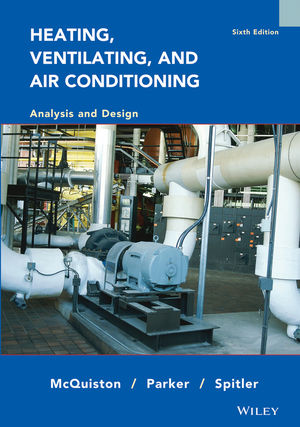

Results show that traditional design solar irradiance, dry-bulb and wet-bulb temperatures may be significantly overestimated in many conditions. These new design weather data were compared with those design weather data produced by the traditional method. The method was applied to historic weather records of 25 years in Hong Kong to generate coincident design weather data. This ensures that the joint probability of occurrence of the three coincident weather parameters can match the capacity reliability level of air-conditioning systems, which may be required by building owners. The new method combines, based on the principle of heat transfer, the three weather parameters and building characteristics into a single impact factor, which may be called as equivalent temperature. Hence, a statistic method was developed for the rational selection of coincident solar irradiance, dry-bulb and wet-bulb temperatures. The probability that the load would not exceed the system capacity determined on this basis may not match the reliability level that the design weather data were meant to safeguard. The selection of design solar irradiance in the current ASHRAE and CIBSE design handbooks is independent on design dry-bulb and wet-bulb temperatures. Software was also developed so users could extract the design values, cumulative frequencies, and DB/DP, DB/WB, DB/H, and DB/WS coincident matrices for 1444 locations from a CD-ROM. However, the new design dew-point values indicate the potential for significantly more extreme dehumidification design conditions than would be found by using the old extreme dry-bulb temperature with mean coincident wet-bulb temperature. A comparison with the previous design values indicated that the new dry-bulb and wet-bulb design conditions are slightly less extreme than the values previously published.

The data were analyzed to produce annual frequency-of-occurrence design dry-bulb (DB), wet-bulb (WB), and dew-point (DP) temperatures with mean coincident values at the design conditions. Months that had sufficient data were then used in the analysis. The data went through quality checking and short-term linear interpolation filling processes. Twelve years of data were used for the other locations. Thirty-three years of hourly weather data were used for approximately half of the US and all of the Canadian locations. Design conditions were determined for 509 US, 134 Canadian, 339 European, 293 Asian, and 169 other worldwide locations. This paper describes the process used to revise the design weather data tables in the 1997 ASHRAE Handbook-Fundamentals.


 0 kommentar(er)
0 kommentar(er)
